

Generative AI is changing the way we work. We see the impact of AI cascading across various teams: Mckinsey reports that marketing and sales are among the top four functions that could account for approximately 75% of the total annual value from generative AI use cases. This means, more of marketing teams, processes and tools would be driven by generative AI, hence needing more layers of intelligence that make generative AI tools truly safe and customized for their brand. How can teams turn the marvel of generative AI into practical, brand-safe solutions for their everyday work?
A core function of marketing teams is to run marketing campaigns – visuals, images, videos and text that are crafted in the brand’s voice to speak to various audience segments. And the processes around planning, creating, reviewing and analyzing these marketing assets are what we call “Creative Operations” (CreativeOps). Many brands already use generative AI tools for some of their CreativeOps processes, especially content creation – there’s Chat.gpt and Jasper.ai to produce high-quality text and Midjourney to create hyper-personalized visuals. But to truly use generative AI across all stages of the communication infrastructure, teams need to understand the gaps in today’s generative AI set-up.
It starts with finding the right language learning model (LLMs) that actually cater to what your brand needs. Most brands need a mix of foundational models to create images or videos for their campaigns. For example, Rocketium combines several generative ai tools including GPT4 for text generation, DALL-E 2 and Stable Diffusion for image generation, and Amazon Titan for creative insights. Additionally, we also make use of vertical AI services such as Amazon Rekognition and Google Natural Language for customers on our CreativeOps platform. Orchestrating these different foundational models to talk to each other and create brand-safe output requires a one-stop platform that seamlessly integrates LLMs based on the brand’s needs.
Secondly, connecting generative AI to your existing tools, teams and processes can be very challenging. Given that many marketing teams already work in silos, adding more elements of uncertainty in output can be met with a lot of resistance. Moreover, legacy tools already cannot handle scaling production, and operational processes are often too fragmented to allow end-to-end generative AI functions. Businesses need to start by using a CreativeOps platform that efficiently streamlines teams, processes, and tools to enable generative AI-powered operations.
Thirdly, and perhaps most importantly, adding the context of your enterprise or brand is very crucial for any AI generated content. This is where most off-the-shelf generative AI tools get disqualified when it comes to practical business solutions. Brand context needs to be ensured at different levels: there’s the basic tone, voice or style of the brand, and then accuracy of the subject-matter itself while adhering to brand safety rules and DEI (diversity, equality and inclusivity) guidelines, and finally intelligent content output based on past campaign performances. This layer of brand-aware intelligence is what truly helps brands leverage generative AI tools, and CreativeOps platforms like Rocketium are making this possible for some of the biggest global brands.
Last but not the least, there’s the concern with data security which is a primary reason many businesses stay away from generative AI tools. Given that every data that goes in or out of generative AI tools are used to train LLMs, seriously breaching data security protocols, it’s only right that brands are wary. Here’s where platforms like Rocketium play a crucial role as against off the shelf generative ai tools in ensuring branded content is not used as training data for GPT4 and other public generative AI models, while Personally Identifiable Information (PII) is never used for content generation, and also ensuring privacy around what brands do with AI generated content.
At the core of Rocketium’s generative AI powered CreativeOps is the ability to produce brand-aware content that’s safe, with data security assured, something that regular generative AI tools can’t offer.
Rocketium integrates various foundational language learning models and customizes them for every single brand. Our layer of intelligence combines brand rules and guidelines along with past campaign learnings and creative-level insights. These insights are then infused into every aspect of a brand’s CreativeOps stage to generate branded output – right from pre-production stages of planning and digital asset management, to production stages of creation and collaboration to post-production analytics from cross-platform insights
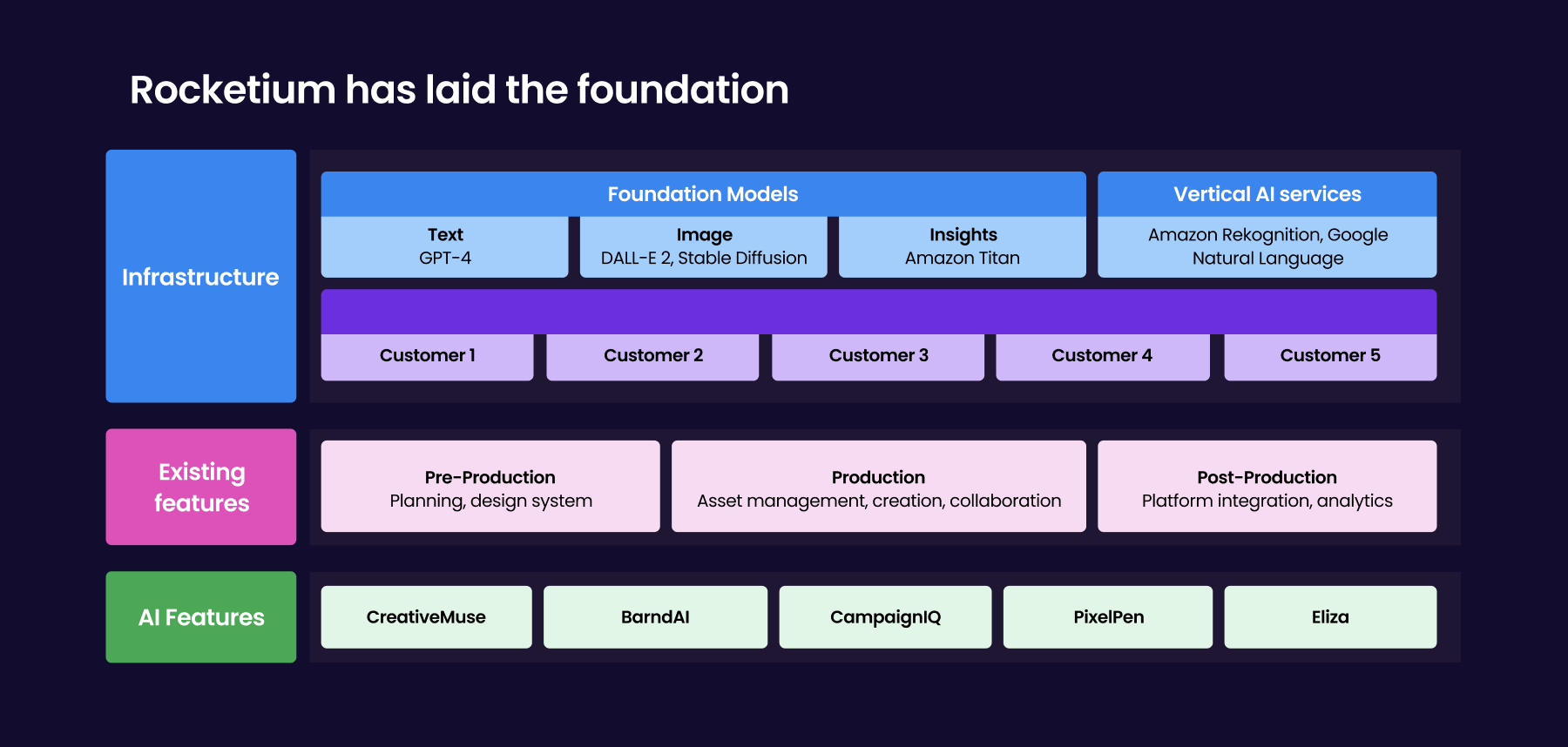
With an AI-powered CreativeOps partner like Rocketium that manages a brand’s end-to-end creative operations, brands can easily automate various processes such as brand compliance in their creative process, without any need for manual intervention, something that is beyond the scope the scope of most generative ai tools. To begin with, the brand’s custom-made Language Learning Model (LLM) is trained with specific brand rules. And when it intercepts a creative, it breaks it down into multiple layers and runs each of those layers against the brand rules on which it has been trained. Read more about Rocketium’s AI powered brand safety.
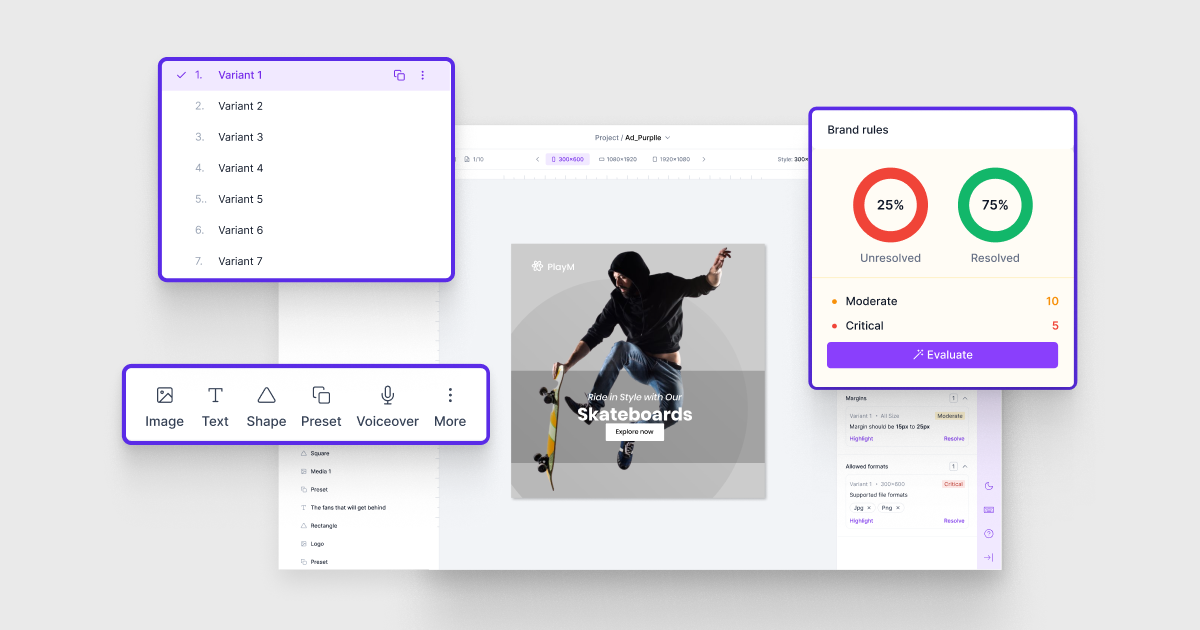
Similarly, when it comes to copy generation, Rocketium trains the brand’s with past campaign creative data for content-aware content. Rocketium’s AI copy generator seamlessly integrates into your creative workflow, delivering content precisely at the execution juncture. It offers an unparalleled level of brand control and customization, ensuring that the content creation process aligns seamlessly with your unique requirements – crafting concise briefs, generating compelling ad copy, or facilitating translations. Read more about our AI copywriter here.
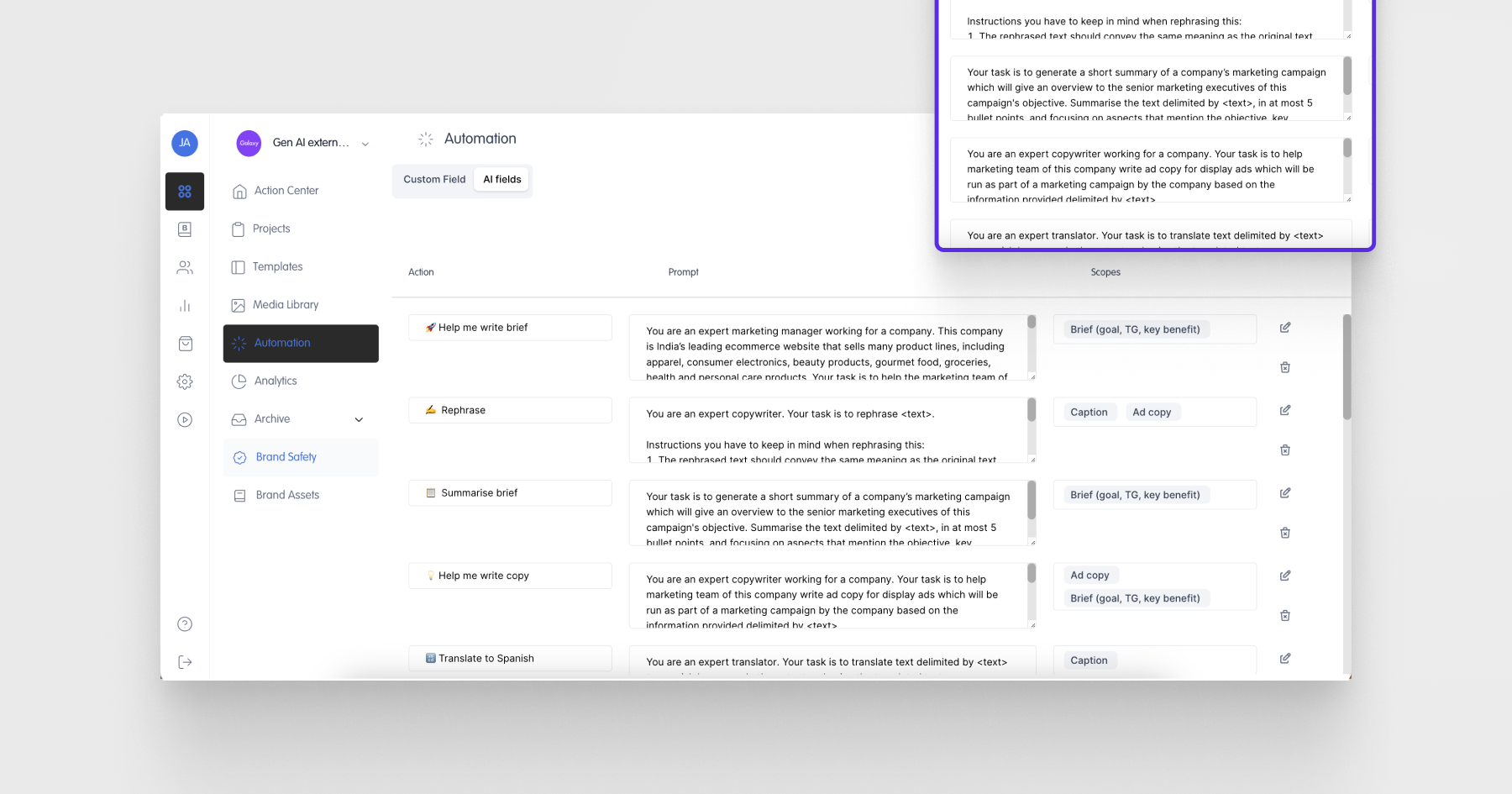
With these pillars of generative AI best practices established, brands need to understand exactly how generative AI can be useful to them. Generative AI isn’t just a trend that everyone’s catching on to, McKinsey reports that generative AI could add the equivalent of $2.6 trillion to $4.4 trillion annually, and has the potential to automate work activities that absorb 60 to 70 percent of employees’ time today.
For marketing teams, this translates to a powerful way of executing their marketing campaigns across the stages of planning, creating, reviewing, and analyzing content. Moving beyond off the shelf generative AI tools, brands need to look at generative AI-powered CreativeOps would result in greater efficiency and cost savings that propel businesses on a growth trajectory that wouldn’t be possible otherwise.
At every stage of your CreativeOps, Rocketium’s context-aware generative AI tools kick in to execute content seamlessly.
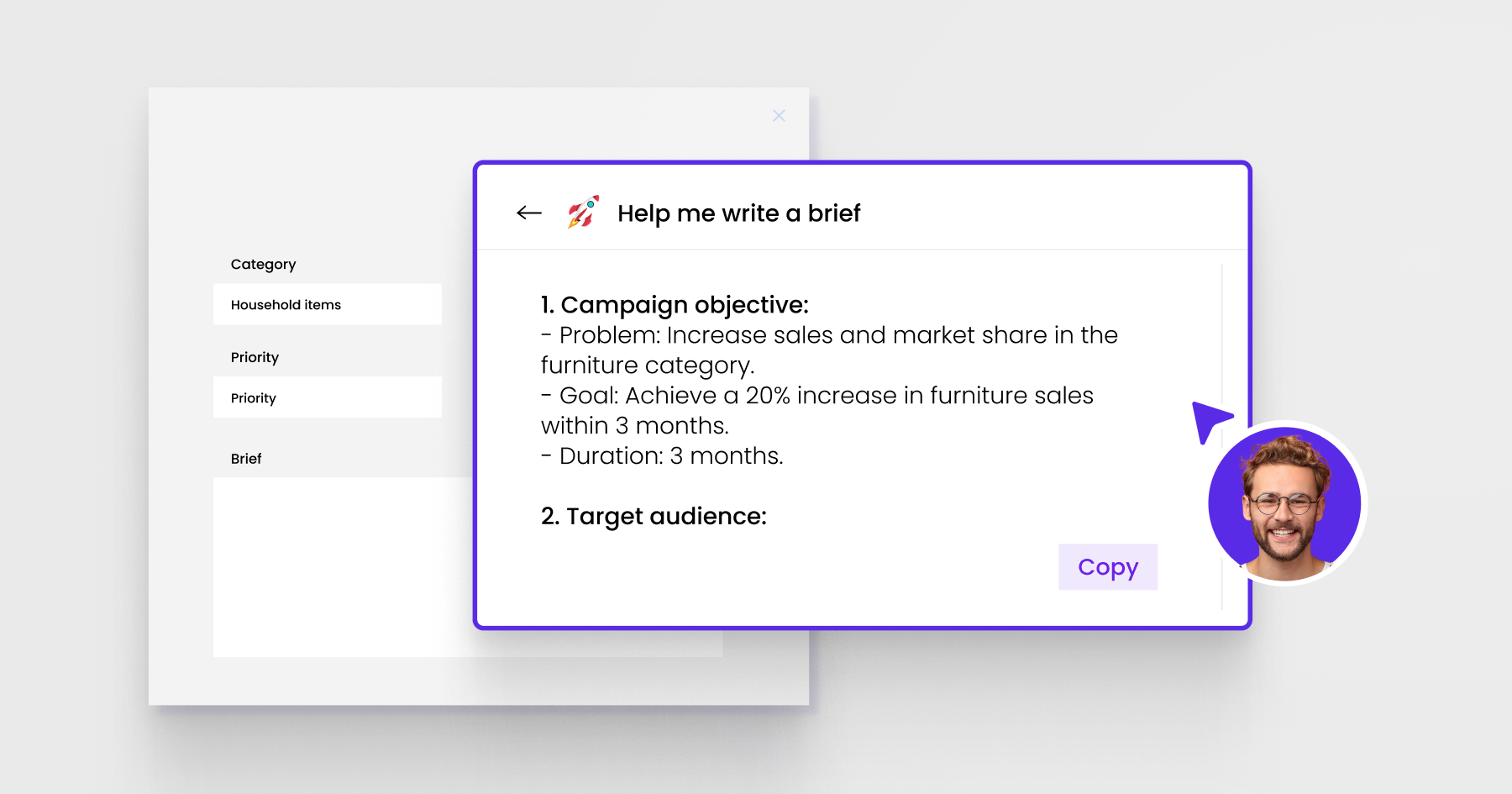
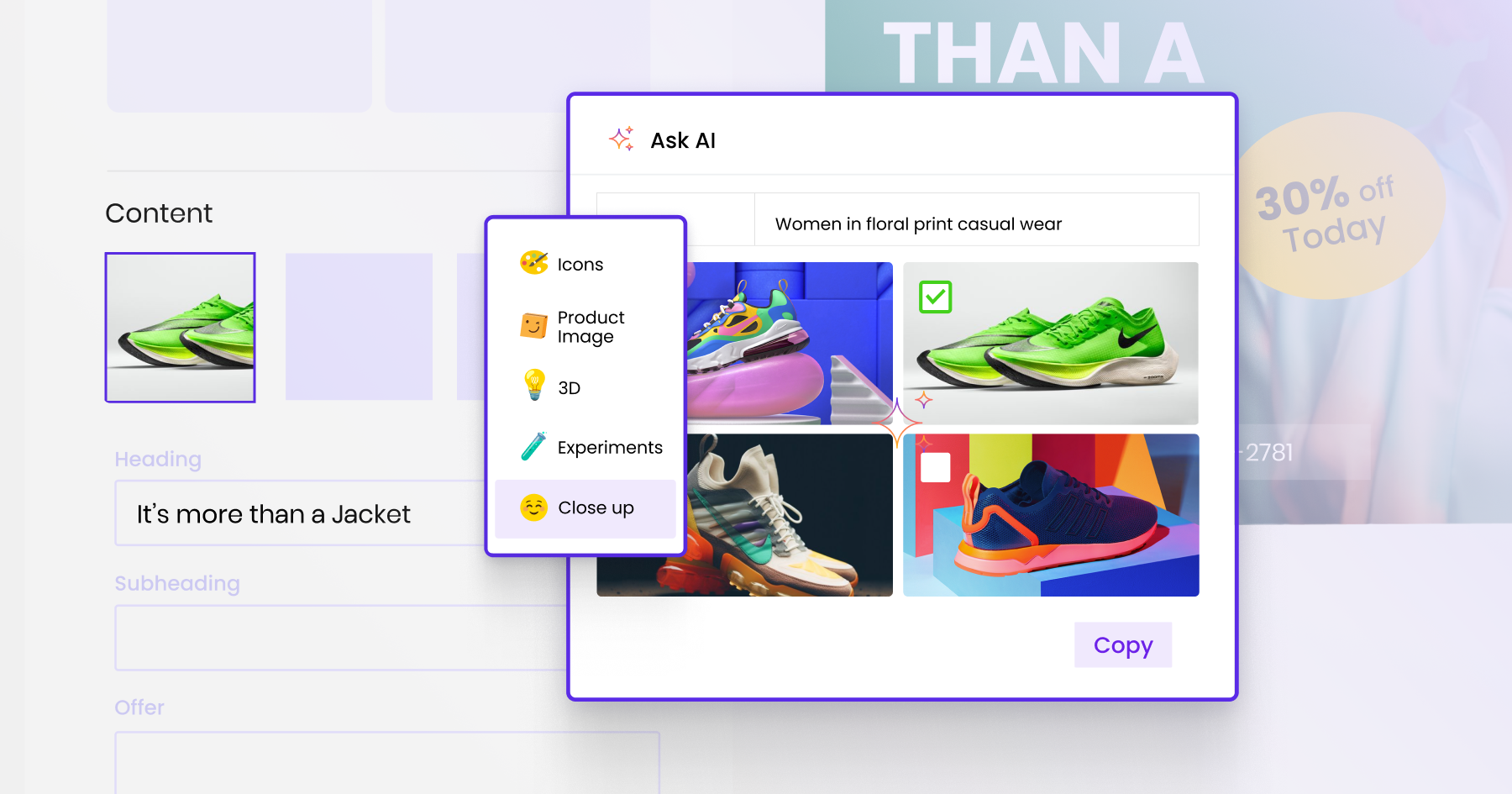
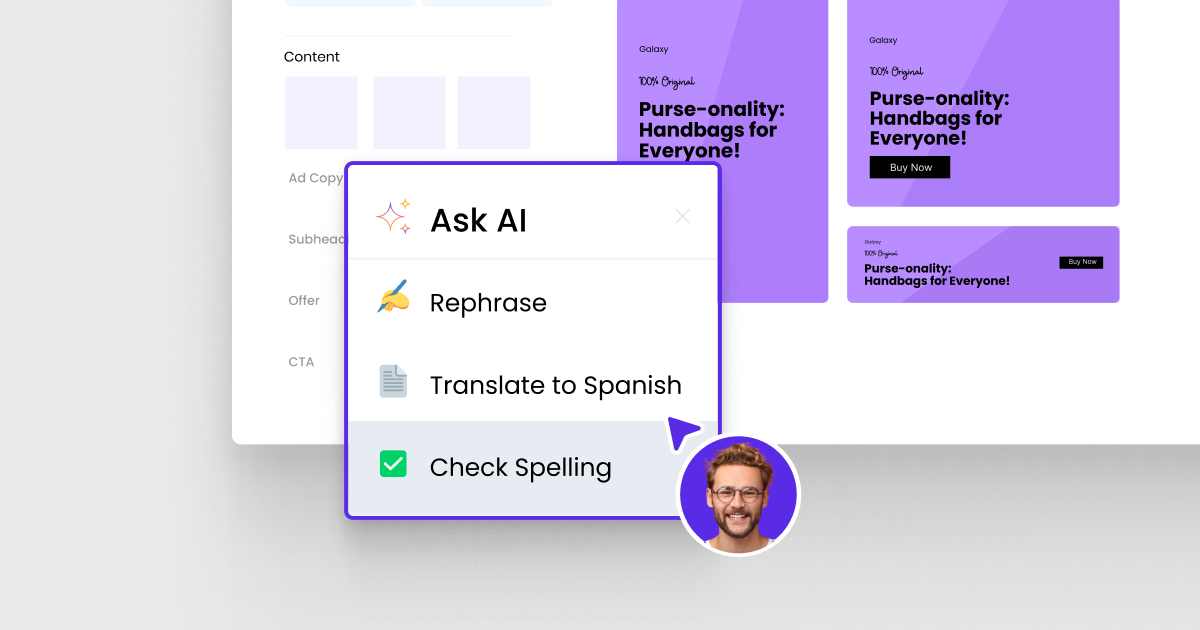
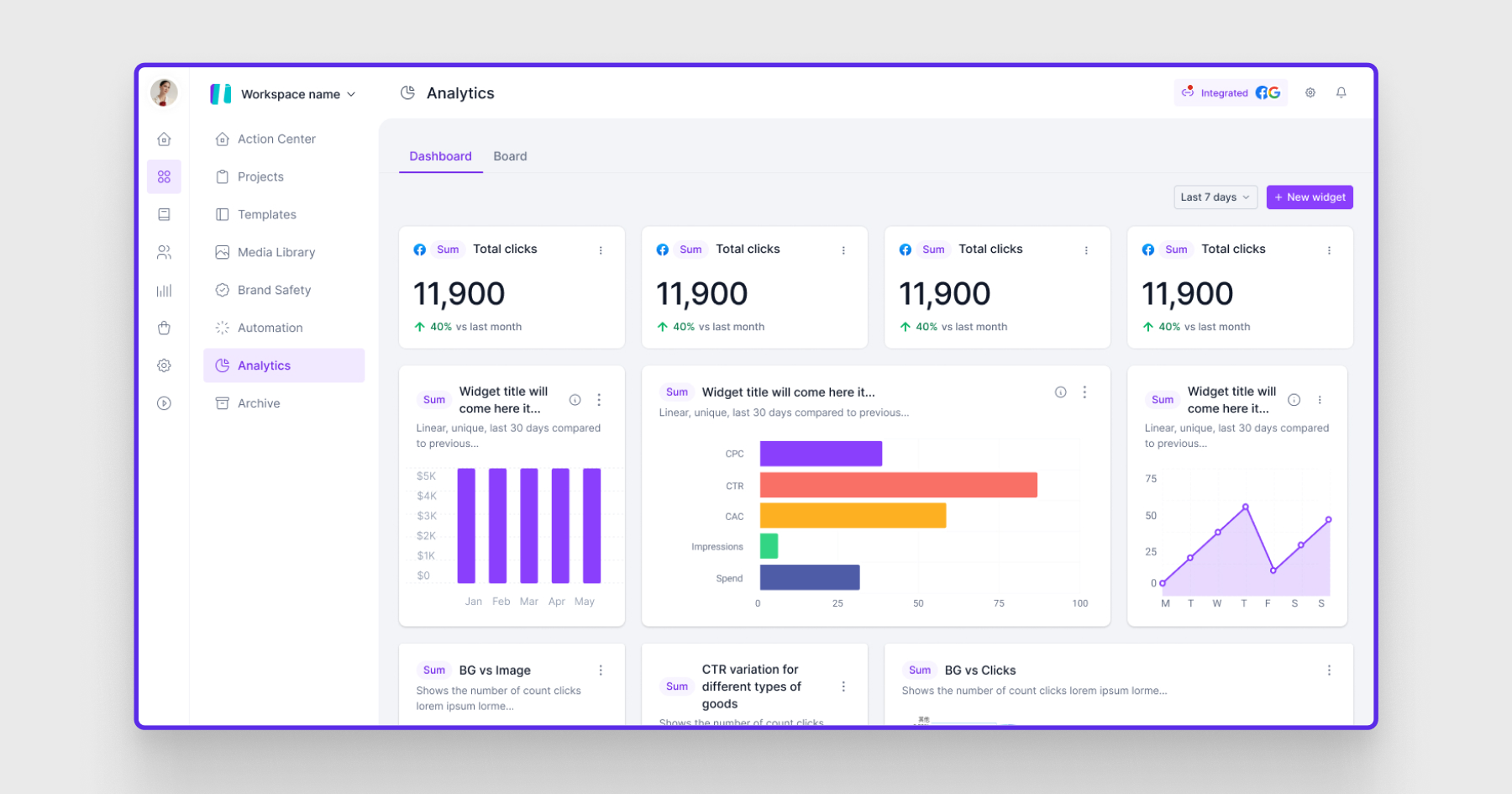
Watch this video on Rocketium’s generative AI powered CreativeOps and how it’s changing the way teams work.
Interested to learn more about Rocketium and explore our generative AI-powered CreativeOps platform? Email us on marketing@rocketium.com.